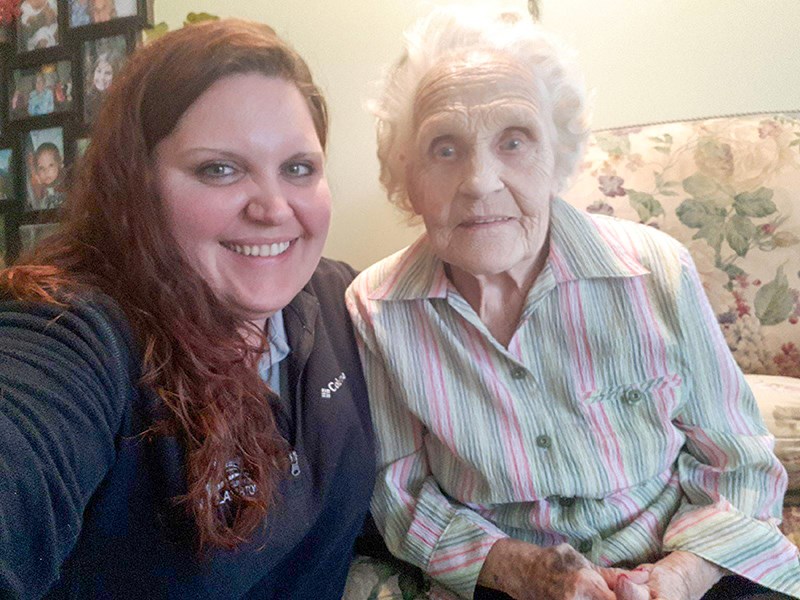Cathy Dobson
A surprisingly large number of local residents call 9-1-1 for help and wind up at Bluewater Health’s emergency department when it wasn’t an emergency.
Many are older and have chronic conditions such as diabetes, lung disease or congestive heart failure. They need care, but not emergency care.
Some call for an ambulance as many as 100 to 200 times a year.
It’s a problem that clogs up the health-care system, costs significant dollars and doesn’t serve the patients’ needs.
But a local pilot program is making a big difference. Sixty-two patients identified as regular callers have been provided with regular paramedic visits at their homes over the past seven months.
Paramedics providing care in a non-traditional role have made 1,000 visits to the 62 patients, sometimes daily.
The number of 9-1-1 calls made by the patients has decreased 62% and emergency visits are down 58%.
One middle-aged patient who called 9-1-1 more than 90 times last year with addiction and mental health issues, hasn’t placed a single emergency call since joining the program, said Steve Pancino, manager of Lambton County’s Emergency Medical Services (EMS).
Here’s how it works.
Patients who frequently use 9-1-1 and the emergency department are identified by EMS, their family doctor or in-home health services. Local paramedics, specially trained for the job, do a home assessment and schedule regular visits to ensure a plan is in place to help them stabilize and meet their goals.
It might mean a diabetic has his meds adjusted or receives instruction on measuring blood sugar and eating properly.
Whatever the issue, the appropriate professional is brought in.
It keeps the patients at home, out of the ER, and gives them better care, said Nadine Neve, manager of emergency services, patient access and flow, at Bluewater Health.
“The statistics speak for themselves,” she said. “We are seeing a lot of positive results.”
The group’s hospital admissions have decreased 55% as well, Neve said.
System-wide, the savings are greater than the cost of the Paramedicine Program, Pancino added.
Five Lambton County paramedics were trained for the program, which began last August. No additional paramedics had to be hired. Instead, some part-timers are now full-time, he said.
It’s a relatively new idea for Ontario but it’s common in other provinces, according to Pancino.
He developed the program when he worked for emergency services in Chatham-Kent and urged Lambton County to follow suit when he became EMS manager here last year.
Working with Laurie Zimmer, vice president operations at Bluewater Health, they set up the pilot program with $235,000 from the hospital.
When the money ran out at the end of March, the Erie-St. Clair LHIN (Local Health Integration Network) kicked in another $45,000. That funding will last only until the end of May.
Pancino is hoping the LHIN will provide another $250,000 to keep the program going another year.
“Based on these early results that show our success, I’m feeling fairly confident,” he said.
“There’s real benefit for the patients, for the community and for the paramedics.”
